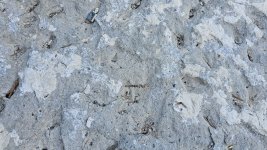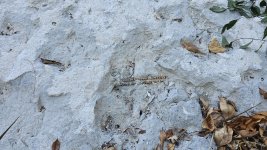Hi everyone, I am new here. Looking for some insight. My pool contractor is being very cautious in how he advises, as they do not want any liability for future repairs. I have a gunite pool from the '60s in Southern California. Upon chipping out the old plaster, which I have no record of how old or how many times, if ever, it has been done before, there are a few areas that have exposed rebar.
Is there a safe and proper way to seal these areas to avoid future rust stains and problems down the line?
Let me know any questions or if you need pictures! Thanks!!!!
Is there a safe and proper way to seal these areas to avoid future rust stains and problems down the line?
Let me know any questions or if you need pictures! Thanks!!!!











